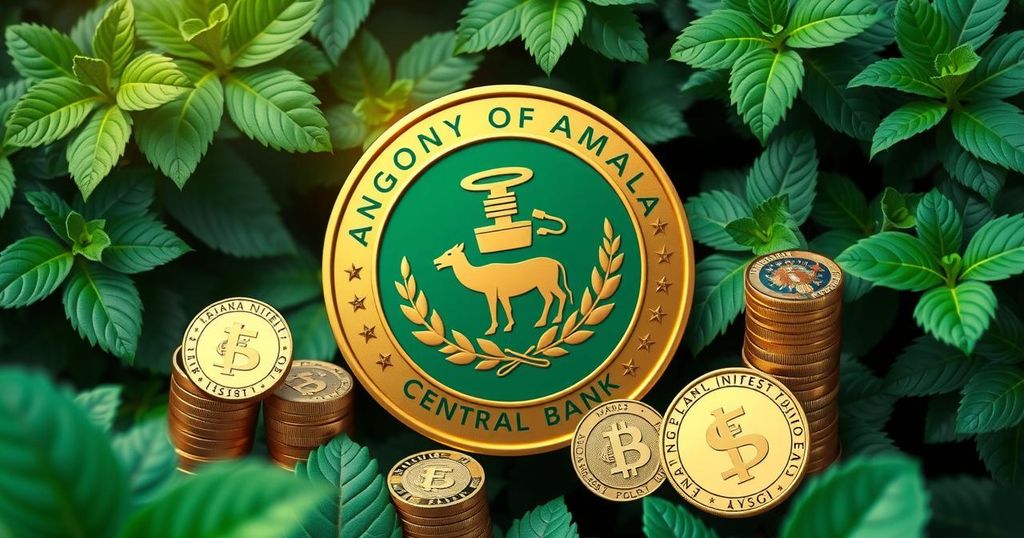Iran Poised to Dismiss U.S. Nuclear Proposal Amid Ongoing Tensions
Iran is likely to reject a U.S. nuclear proposal focused on uranium enrichment. Diplomatic discussions have revealed significant obstacles remain. Market reactions show an uptick in gold prices amid this uncertainty. Understanding risk sentiments is essential in analyzing current investment climates, especially with ongoing geopolitical tensions.
Tehran appears ready to dismiss a recent U.S. proposal aimed at resolving a long-standing nuclear dispute. An Iranian diplomat announced on Monday that the U.S. draft demands Iran suspend uranium enrichment, which is a sticking point for the Iranian government. Following talks between Iranian Foreign Minister Abbas Araqchi and President Trump’s Middle East envoy, Steve Witkoff, multiple barriers persist.
“Iran is drafting a negative response to the U.S. proposal, which could be interpreted as a rejection of the U.S. offer,” noted a senior Iranian official. This situation indicates that despite ongoing dialogue, the two sides remain far apart on critical issues. For now, it seems any progress toward an agreement is unlikely.
In financial markets, while uncertainty reigns, the price of gold is on the rise. As of this writing, gold is trading at approximately $3,385, up 0.12% for the day. Investors typically react to geopolitical tensions and financial upheaval, often retreating to safe-haven assets such as gold, especially during what analysts call ‘risk-off’ periods.
The terms “risk-on” and “risk-off” play significant roles in investment sentiments. In a risk-on environment, investors tend to buy into riskier assets, buoyed by optimism about economic growth. Conversely, during risk-off times, the mood shifts toward caution, driving investments into more stable and safer options, such as bonds and precious metals. Recent trends show that commodity-exporting currencies, like the Australian and Canadian dollars, usually gain in risk-on periods, while safe-haven currencies such as the U.S. Dollar and Japanese Yen thrive in risk-off times.
Notably, the U.S. Dollar (USD) remains a favorite during market downturns since it is the world’s reserve currency. Investors often favor U.S. government bonds for their perceived safety. A surge in demand for the Yen also occurs due to its appeal amidst domestic stability, whereas the Swiss Franc benefits from robust banking laws that offer capital protection.
Risk disclosure is essential here. The markets and financial instruments discussed carry inherent risks and uncertainties. Information should not be taken as investment advice—rather, individuals are encouraged to conduct thorough research prior to making financial decisions. No guarantees can be given on the accuracy or timeliness of reported information. Individuals invest at their own risk, carrying the potential for loss.
In market highlights, the Australian Dollar has recently demonstrated a positive trajectory, aiming for highs unseen since 2025. Meanwhile, the Euro has gained momentum, reaching a six-week high as pressures mount on the U.S. Dollar amidst ongoing geopolitical concerns. Gold has also surged, buoyed by the market’s anxiety regarding trade tensions, especially between the U.S. and China.
Additionally, Ripple (XRP) is under pressure from legal challenges stemming from its dispute with the U.S. Securities and Exchange Commission. Market analysts predict a potential 20% decline in XRP prices this week, reflecting the uncertain landscape for cryptocurrencies as the SEC case continues to unfold. The Bank of Canada faces a pivotal decision regarding interest rates, resulting in a tighter-than-usual prediction period leading up to their meeting.
In summary, Iran is set to likely reject the U.S. nuclear proposal, suggesting that diplomatic efforts have yet to yield progress. The financial markets are reacting to this geopolitical turmoil, particularly in the precious metals sector where gold is seeing an uptick. Understanding investment sentiments derived from risk-on and risk-off periods remains critical for navigating current market conditions, particularly in light of the uncertainties surrounding U.S.-Iran relations and other global economic factors.
Original Source: www.fxstreet.com




Post Comment